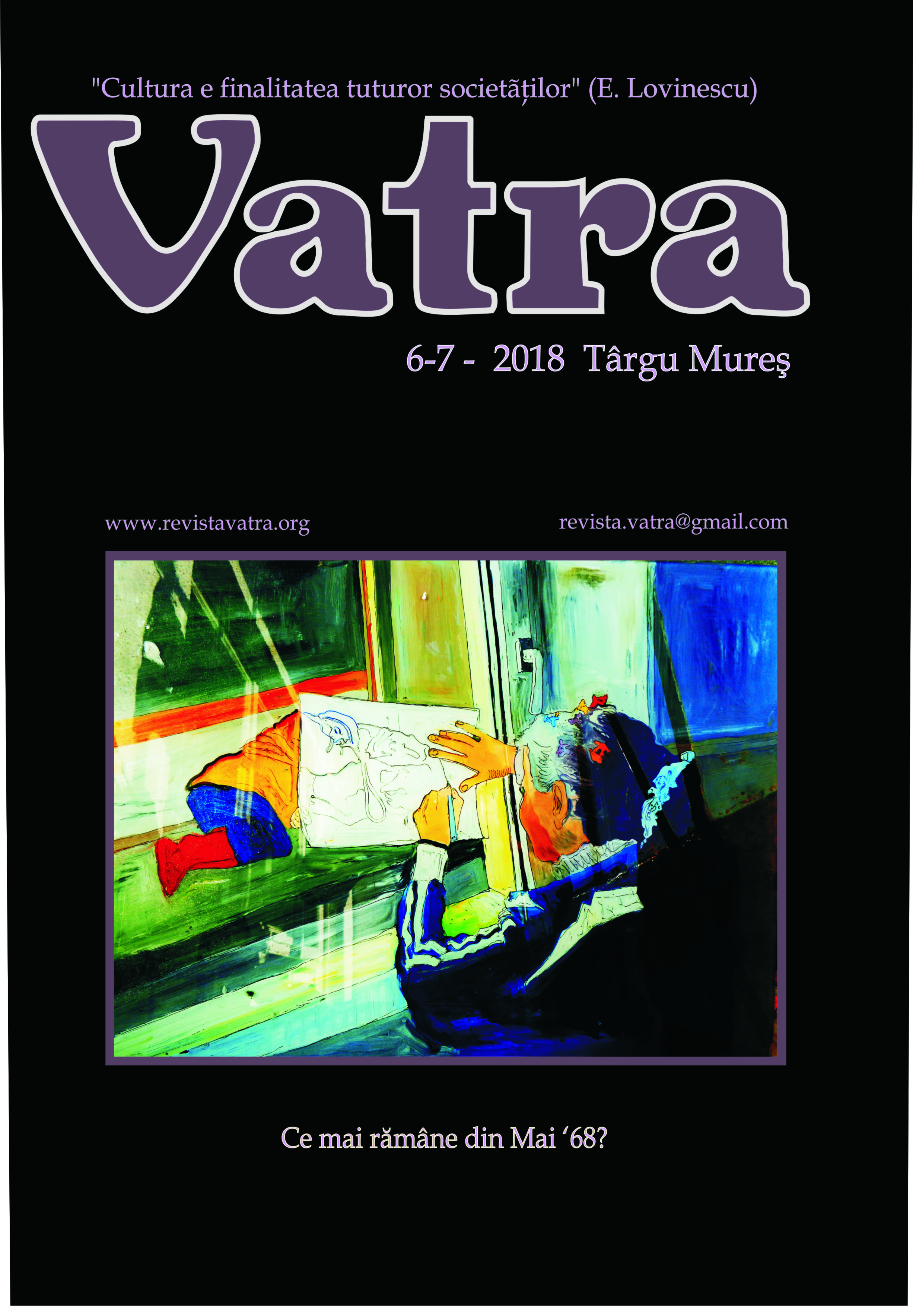
What's left from May 1968
Ce mai rămâne din mai'68
Keywords: Counterculture;May 1968;New Left;Capitalism;
A collection of texts about the social and political implication of May 1968 events.
More...
Keywords: Counterculture;May 1968;New Left;Capitalism;
A collection of texts about the social and political implication of May 1968 events.
More...Keywords: Securitate; Legionary Movement; Political Trials; Public Agitation; literature on Bessarabia
The article aim is to present the political trial involving an intellectual group gathered around Virginia Munteanu- the sister of the anticommunist writer and journalist, Pamfil Șeicaru-and to outline the political and literary biographies of those writers who were condemned to many years of imprisonment for the crime of public agitation by the Sentence no. 474 from 8 April 1957 of the Bucharest Military Tribunal.
More...
Keywords: sense of place;spatial complexity;Chișinău layered space;urban mobile configuration;multilocation;traumatized historical-political memory;
The writer Sergiu Matei Nica (1917–1973), considered one of the most representativeBessarabian poets and publicists, configures in his texts a stratified, mobile Chișinău urban space froma heterogeneous contiuum of experiences, remembered by confrontation with major historical-socialor political traumas. The moving fictional radiography of Chișinău converges towards the creation ofnostalgic products of the mnemonics of multiple experiences and the understanding of urban space asa living space that shapes collective images. Multilocation by analogy with multivocality expresses inSergiu Matei Nica’s texts the reflective relationship with the city, the different experimentation dependingon the change of place identity and the complex historical: the interwar city of youthful memories,of the remembrance of bohemian life in all sectors of the capital, of the tragedy of June 28, 1941; the cityguarded by superhumans from poetry published in volumes, periodicals and unpublished, but also thecity of seminarian experience, the destroyed city, through the fire, of the bitterness of the irreparable,with a strong trace of alienation on return and the Soviet city with a severely changed soul from shortprose, the city of longing dreams of the convict at forced labor at the Danube-Black Sea Canal, of thefugitive who lives another inner existence from original newspaper pages.
More...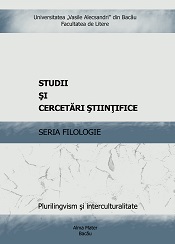
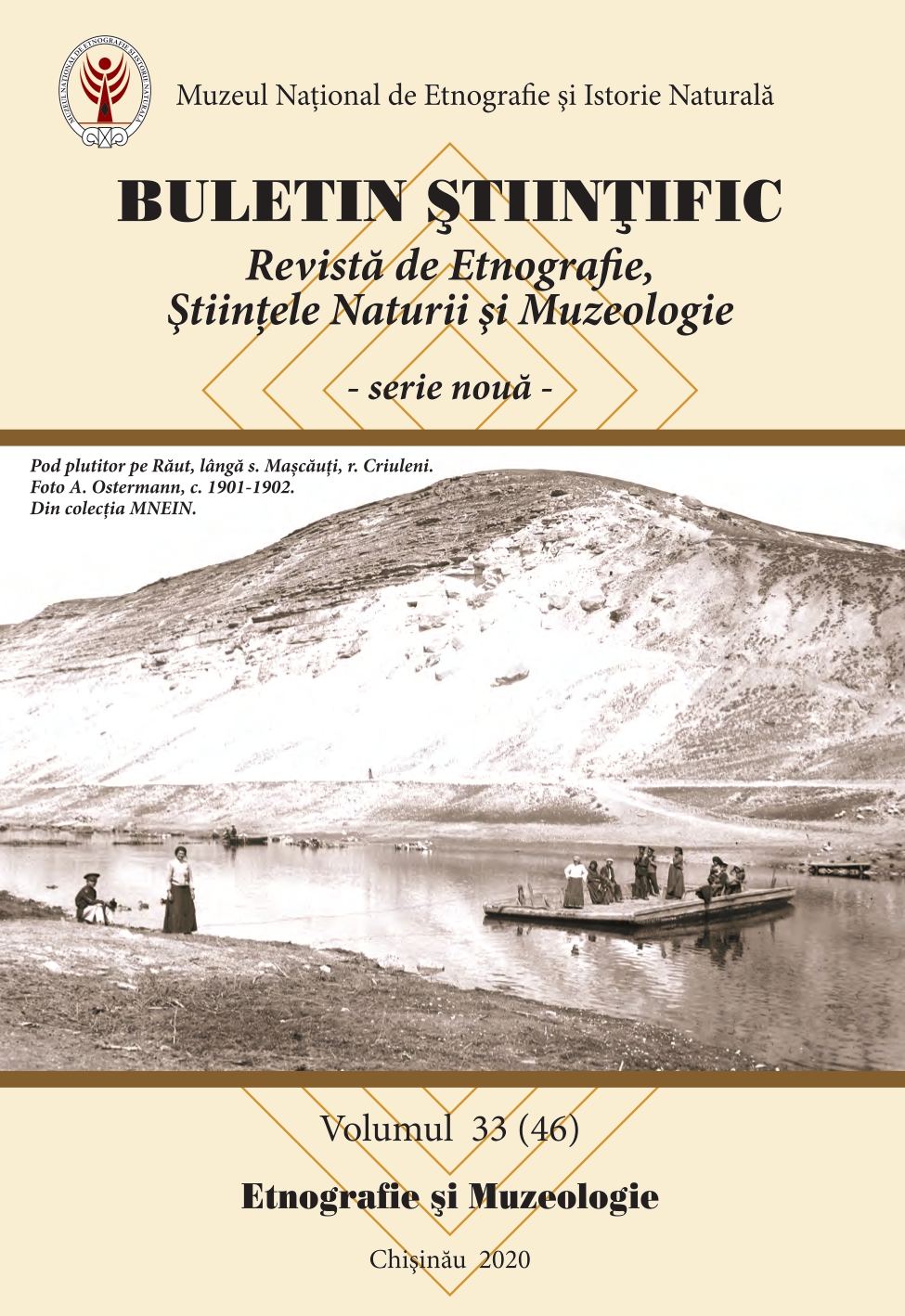
Keywords: goldsmith;stamp;“probirer”;mark;silver;
In this paper we would like to present the experience of identification, research and deciphering distinct signs on silver exhibits, approaching utilitarian silver objects from the MNEIN collections, bought from urban environment in the previous century, which display unpublished information regarding their identity. The utilitarian silver objects comprise items that were normally produced from silver alloys of different qualities, which were commonly used in house and household, especially for serving, eating, as well as with other functions. Most of them are unique objects, craftsmanship items; some are serial objects, without the pretention of entering in the category of items of decorative art. However, due to their special design, due to the excellent technique of processing, due to the refinement and even the ornamental art, they are very close to the objects of decorative art. The typological range of these objects is very large, comprising: dishes, trays, fruit dishes, cups, glasses, sugar basins, bowls of sweets, candlesticks, chandeliers, sets of plates for eating and serving, sets for making and serving tea, salt cellars, supports for spices, etc. Those that we refer to in this study are especially made of silver, utilitarian objects originating from different workshops from Bessarabia, Saint Petersburg, Moscow, Poland, Czechia and Germany.The present paper was written out of the necessity of a study dedicated to the problem of making an expertise both of noble metals and of processed items which are a component of the museum cultural heritage.
More...
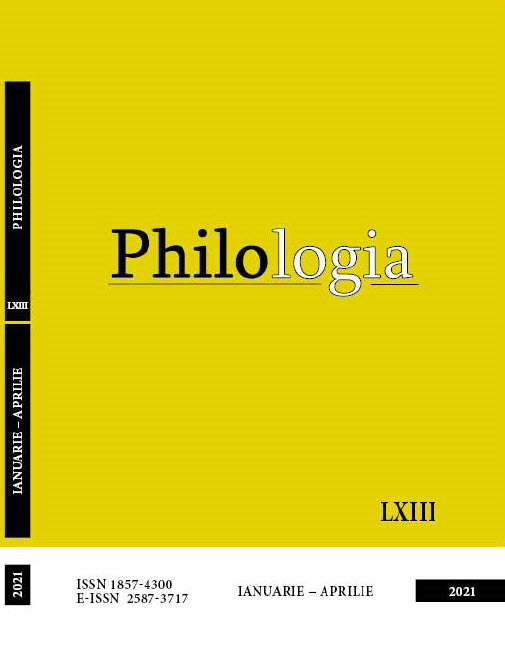
Keywords: fundamental structure of the utterance; referential structure of the utterance; syntactic scheme of the utterance; semantic model of the utterance; actant; circumstance; obligatory determinant;
Starting from the concept of „fundamental structure of the utterance”, the article analyzes the semantic models of the utterances in the Romanian language. By applying this method, the whole variety of concrete utterances in speech can be presented in the form of a finite list of syntactic structures. In this way, the research pursues a double purpose: on the one hand, to describe semantically the fundamental structures of the utterances and, on the other hand, to make an inventory of the standard structures of the possible utterances in Romanian for their subsequent analysis in various ways.
More...Keywords: figurative; composition; structure; semantic; message; typology; significance; decorativ; symbol; metaphor;
The given article highlights the process and the interpretation trends of the plastic approach in the Moldovan figurative paintings in the 60s of the 20th century. There was an increased interest to represent the national character of the figurative painting through a specific modern interpretation during that period. In the early 1960s, the plastic technique tends to sharpen and designate the shapes placed in large pictures with a monumental and decorative appearance. The plastic modeling is inspired by folk art with the textural-coloristic flavor of traditional craftsmanship. In the late 60s, the plastic formula of the Moldovan figurative painting implements new structural and constructive concepts, which tend towards a superficiality of the decorative shapes, being concerned with the structural and textural combinations and associations.A great interest for the representation of the ethnographic character of figurative images through a specific epic-ballad vision has been noticed during this period. These intentions favor the appearance of new plastic formulations provided with profound metaphoric and symbolic reflections, which shape the plastic image in a concise and representative manner.
More...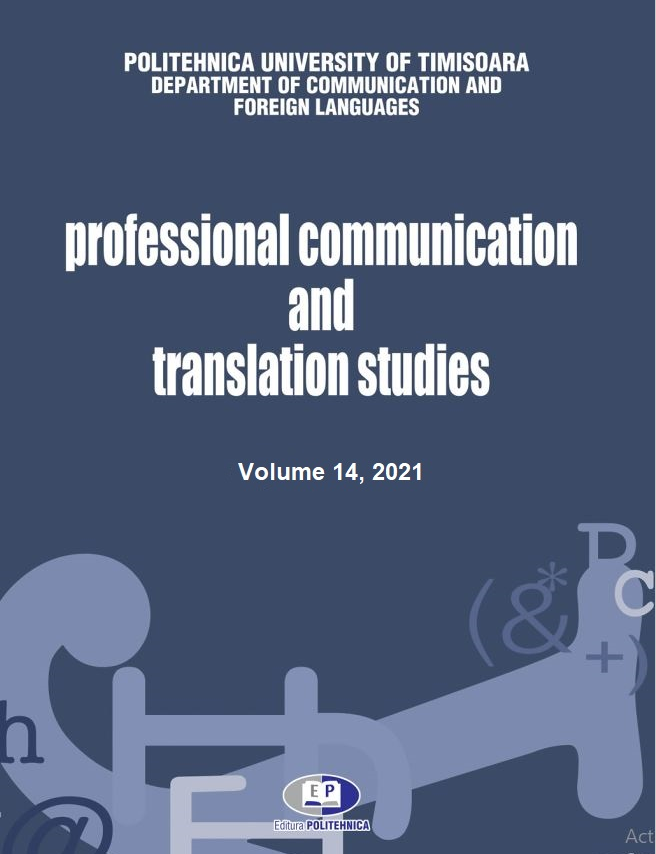
Keywords: adaptation problems of students to higher education; challenges of higher education; insertion into higher education; higher education dropout;
The current study underlines the main problems students deal with in the first academic year at University POLITEHNICA of Timişoara (UPT) while adjusting to the higher education environment. The adaptation challenges were investigated through 14 panel discussions. The topic assigned was „Students’ adaptation problems in Romanian higher education”. The target group included students in their first academic year, studying at the Faculty of Computer Science (CS), Electrical Engineering and Power Engineering (EE&PE); Electronics, Telecommunications and Information Technology (ETIT); Industrial Chemistry and Environment Engineering (ICEE); Mechanics (ME); Production Management and Transport (PMT); Architecture and Urbanism (AU), also doing the Psychological and Pedagogical Training Program. Each panel discussion was made up of 20 students, all 14 panel discussions summing up 280 students, out of which 158 female and 122 male students. The outcomes of the research show that students face different adaptation challenges that may result in a poor insertion into the academic system and education dropout. The adaptation problems identified by the students were diverse: accommodation and food; financial problems; school timetables and calendars (seminars, courses, laboratories and other instructional activities); teacher-student relationship; the teaching-learning-evaluation process, location of study; education for students with special needs and disabilities; administration and secretariats. The present study analyses these queries in order to facilitate the smooth insertion of students into the academic environment and increase student retention.
More...
Keywords: intelligentsia; Nicolae Iorga; the national issue; rurality; conservatism; modernization;
In the last decade of the 19th century, the general atmosphere among the Romanian intellectualswas marked by a deep disappointment with the socio-political realities of the country. Old liberalism had given way to a demagogic spirit. The period before the “Sămănătorul” movement was marked by an atmosphere of hostility towards the liberals. There was a need for the emergence of personalities and of political, cultural and intellectual trends which would resume the criticism of the anomalies brought about by the process of modernization of the Romanian society. The major problems of this society were the rural issue and the national issue, the latter in Transylvania. The “Sămănătorul” magazine, especially during Nicolae Iorga’s leadership, had the role of crystallizing a new current of ideas, which would revitalize the Romanian cultural and political life.
More...Keywords: interior design; industrial; plastic arts; aesthetics; composition; ergonomics; space; shape; color; light; human psychology;
This work proposes a theoretical and practical study of environmental design. The aesthetic image in design is created by involving several special mechanisms that ensure the integrity of the design concept. The study highlights the most important principles of plastic and semantic realization, following the clear and concise presentation of the image. In this process, the most responsible and important issue addressed in design is identified - aesthetic formulation. A special role in the beautiful realization of the design project, is assumed by the coloristic effect, which manifests various actions in relation to human psychology. Following them, the basic criteria in the harmonious realization of the artistic image are identified, taking into account some legalities and norms of aesthetic beauty. The new practices of environmental design include the realization of ecological projects, smart house projects, open space projects and of course various stylistic achievements, of which the most requested today is the minimalist style. Overall, environmental design is an effective means of shaping and recreating the human environment.
More...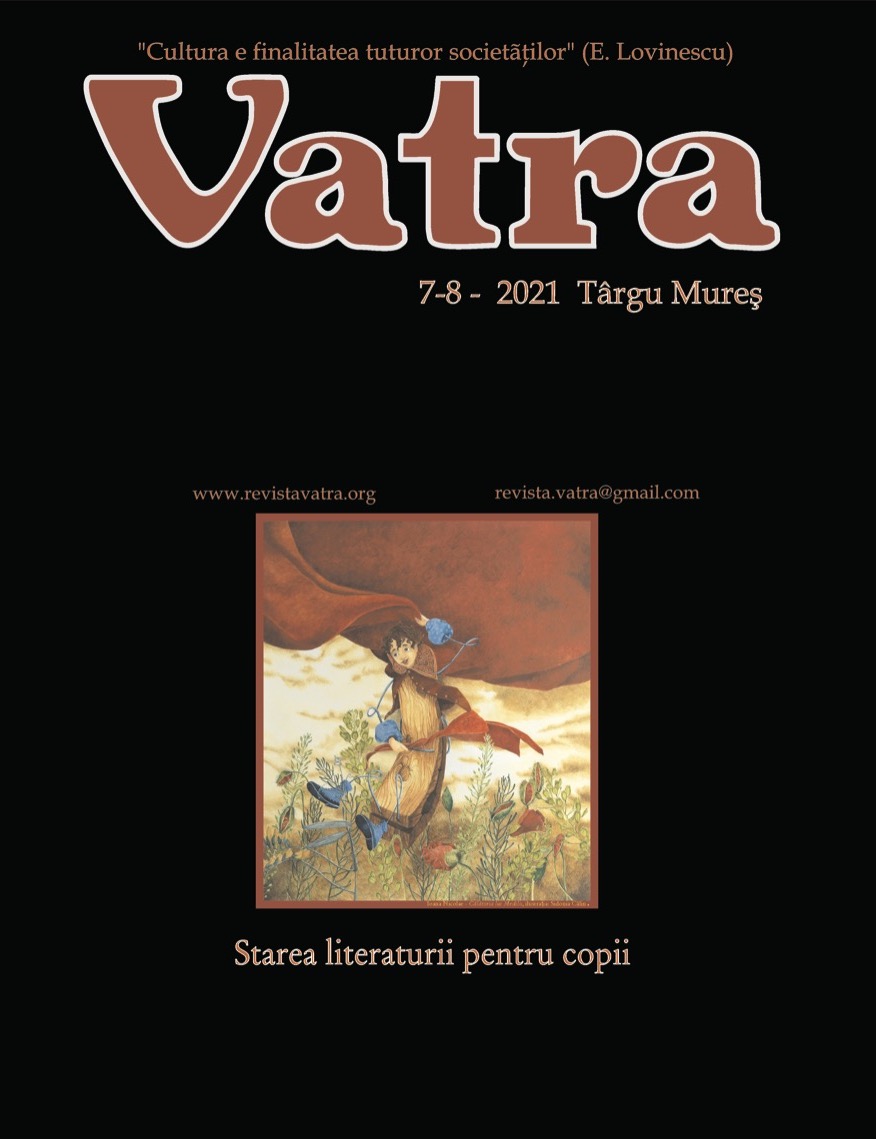
Keywords: children literature;young adult literature;creativity;
This section is dedicated to the state of children literature în Romania and involves many writers, critics and educators who expressed their opninons on the theme.
More...
Keywords: essay;ideology;literary criticism;
Essays on literature, political theory, theology, theatre.
More...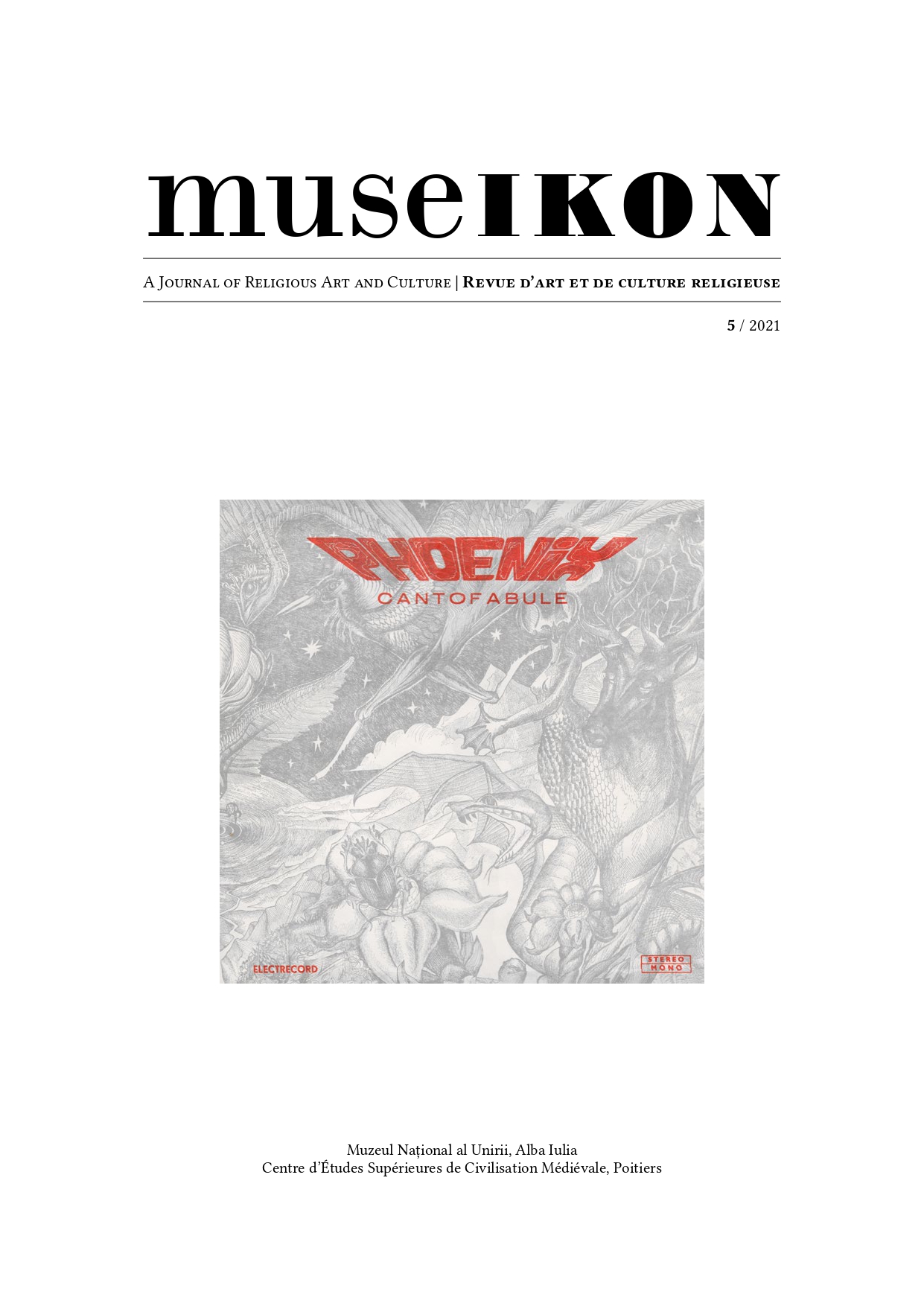
Keywords: Romanian Rock group; 1976 ; lyrics; Experiment in Cultural History;
Philologists and medievalists rarely deal with the subject of contemporary Pop-Rock or Folk music. When they do it, they usually fall prey to a certain form of medievalism. The current section of Museikon follows a completely different approach. The pairing of interviews with memoirs and the introduction shaped in the form of an actual scientific study have the sole purpose of launching an experiment in the history of culture. The case study is a 1976 album of the Romanian Rock group Phoenix. The state owned record company Electrecord made a mistake, releasing it as Cantofabule, even though its correct title was Cantafabule or Bestiar. It had traditional- and medieval inspired lyrics, but most of all, it was the result of artistic synergy. A collective work of sorts, much in the manner of the medieval manuscripts of old.
More...
Keywords: new media technologies; the electronic book; e-Reader; communicative thinking;
Les nouvelles technologies média ont des effets significatifs au niveau de la communication, en tant que phénomène psycho-social. A son tour, c’est la communication qui « modèle » les cultures et la civilisation humaine dans son ensemble. Cette étude fait une analyse, dans ce contexte, d’une problématique liée aux technologies de communication - présent et futur ; les implications des nouvelles technologies en ce qui concerne la lecture et les significations de l’apparition des livres électroniques ; l’évolution du livre électronique (en Roumanie) ; « le village global » et la pensée communicationnelle - des pas vers un système intégrateur (Les Sciences de l’Information et de la Communication, vues en tant que point de cohésion d’une théorie intégratrice sur la communication).
More...![The Evolution of the Topics Designed by the Newspaper Published for Peasants – Cărțile săteanului român [Books of the Romanian Peasant] (1876–1886)](/api/image/getissuecoverimage?id=picture_2021_65130.jpg)
Keywords: Transylvania; the newspapers published for peasants; press; Cărțile săteanului român; discourse;
In the present study, we wanted to capture the evolution of the topics approached by the newspapers published for peasants Cărțile săteanului român [Books of the Romanian peasant], in the 11 years of its existence. The periodical was issued in 1876, in Gherla, and was edited by Nicolae Fekete Negruțiu, and in the last year of its publication it was led by Ion Pop-Reteganul. It addressed, above all, the Romanian inhabitants of the rural area of Transylvania, addressing topics of interest to them in an attempt to bring improvements in their daily lives. According to the topics presented in the published articles, I classified the analysis based on educational, agricultural, literal, political contributions and various news. The categories described above covered the entire range of editorial approaches of the studied periodical. The editorial change or continuity was also treated during the 11 years of incessant appearance. The research was based on the analysis of the periodical and on the existing bibliographic sources.
More...
Keywords: Sever Zotta; N. Iorga; memories; archives; Jassy / Iași; Prince Carol; the Iorga government; political life;
Parmi les papiers ayant survécu a la disparition tragique de l’historien et généalogiste roumain Sever Zotta (1874-1943) dans son exile soviétique, suite a la déportation des habitants de Bucovine en juin 1941, un seul „manuscrit” (en effet, une brochure soviétique imprimée en 1937) eut la chance d’etre conservé dans son intégralité: celui qui contient l’émouvant récit des relations qu’il avait entretenues, trois décennies durant, avec l’historien et l’homme politique N. Iorga (1871-1940). Ces relations ont été consolidées dans les années 1916-1918, lorsque, pendant la Premiere Guerre Mondiale, Iorga avait trouvé refuge a Jassy (Iași), l’ancienne capitale de la principauté moldave, ou Zotta était (depuis 1912) directeur des Archives de l’État. Sur la proposition de N. Iorga, Zotta fut élu, en 1919, membre correspondant de l’Académie Roumaine. Dans les années suivantes, il commença a collaborer aux revues historiques éditées ou patronnées par Iorga et finit par devenir membre du parti présidé par celui-ci et meme chef de l’organisation jassiote de ce parti. Mais, dans le premier ministre N. Iorga (1931-1932), Zotta a eu la déception de ne pas retrouver l’ami de jadis. Victime des intrigues locales et sans pouvoir compter sur la loyauté de son chef politique et ancien ami, il perdit la place de sénateur qui lui avait été destinée, en faveur de l’écrivain M. Sadoveanu, qui – soutenu par N. Iorga – allait devenir président du Sénat. Zotta fut profondément affecté par ces manoeuvres, qu’il a du considérer une trahison impardonnable, raison suffisamment acceptable pour mettre fin aux relations avec N. Iorga et renoncer a toute activité politique. En 1934, il prit sa retraite et se retira a Davideni (le petit domaine de son épouse), en sa Bucovine natale dont il était tellement fier. Mais, en dépit des déceptions, Zotta conclut que le bilan final de ses relations avec Iorga doit etre considéré positif: par l’appui qu’il lui avait donné en 1917 pour sauver le siege des Archives (menacé d’etre évacué), par la haute appréciation qu’il avait constamment accordée aux travaux généalogiques de Zotta et surtout par la publication d’une quantité énorme de sources historiques, d’une valeur inestimable pour ses recherches généalogiques. Il finit les notes en déplorant l’horrible assassinat qui mit fin a la vie de cet homme „qui avait tant donné a son peuple de la richesse de son âme, du trésor de ses connaissances encyclopédiques et pour l’union duquel il avait tant travaillé”.
More...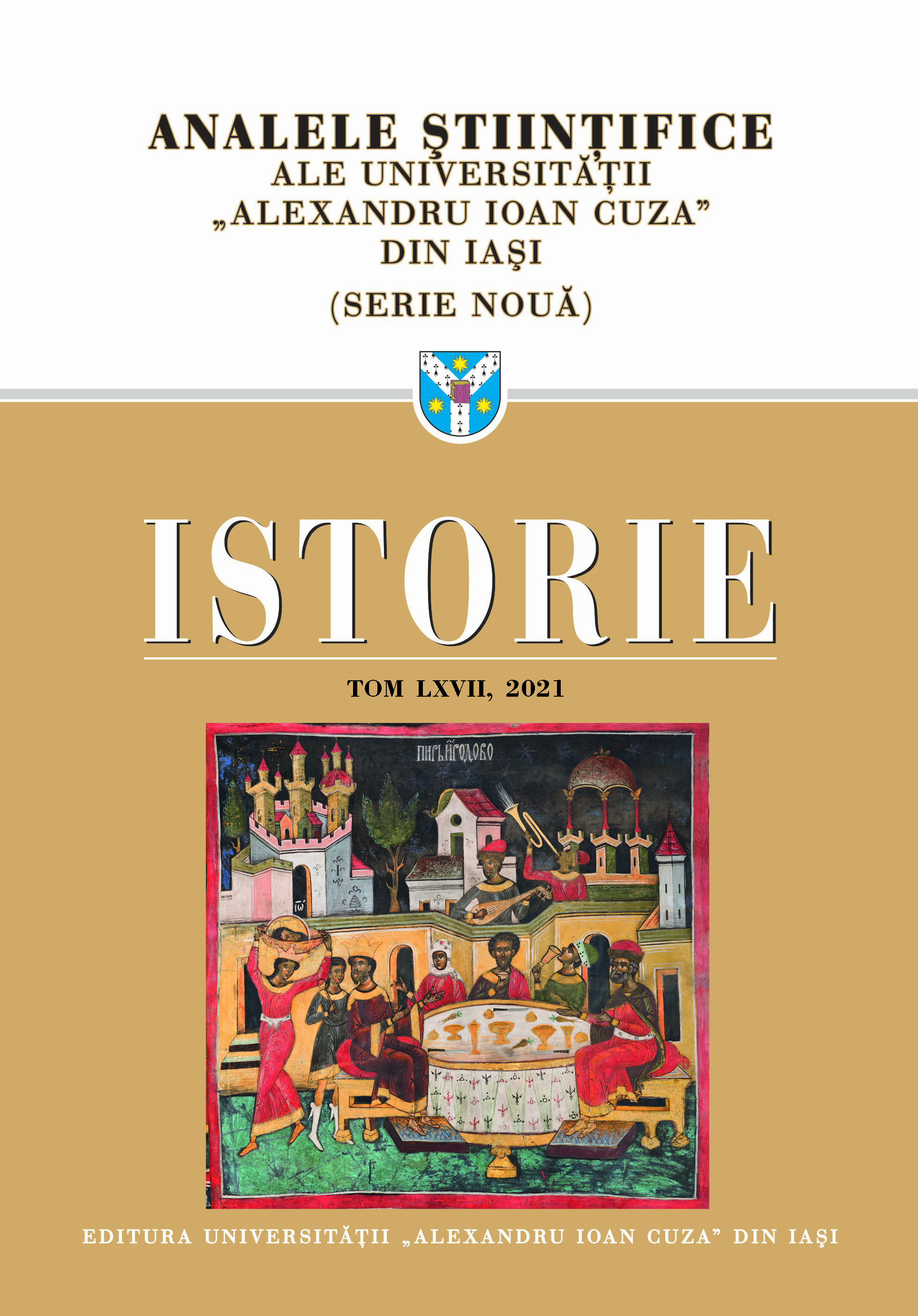
EUSEBIU DE CEZAREEA, Istoria bisericească, traducere din limba greacă veche, studiu introductiv şi note de Teodor Bodogae, ediţie revizuită de Tudor Teoteoi, Basilica, Bucureşti, 2020, 560 p. (PSB, s.n. 20). Beyond Ambassadors; Consuls, Missionaries, and Spies in Premodern Diplomacy, ed. Maurits Ebben şi Louis Sicking, Leiden, Editura Brill, 2020, 236 p. Carol Iancu, Evreii din Hârlău şi împrejurimi. Istorie şi memorie, Iaşi, Editura Universităţii „Alexandru Ioan Cuza”, 2020, 250 p. Victor Taki, Russia on the Danube: Empire, Elites, and Reform in Moldavia and Wallachia 1812-1834, Budapest, Vienna, New York, Central European University Press, 2021. Mirel Bănică, Bafta, Devla şi Haramul. Studii despre cultura şi religia romilor, Iaşi, Editura Polirom, 2019, 472 p. David E. Nye, American Illuminations. Urban Lighting, 1800–1920, Cambridge, The MIT Press, 2018, x + 280 p. Mihai Ştefan Ceauşu, Ion Lihaciu, Autonomia Bucovinei (1848-1861). Studiu şi documente, Iaşi, Editura Universităţii „Alexandru Ioan Cuza”, 2021, 374 p. Universitatea din Cluj în perioada interbelică, vol. III, Facultatea de Litere şi Filosofie, coordonator Ana-Maria Stan, editori Ioan-Aurel Pop, Simion Simon, Ioan Bolovan, Cluj-Napoca, Presa Universitară Clujeană, 2019, 364 p. Radu Ioanid, Pogromul de la Iaşi, ediţie îngrijită de Elisabeth Ungureanu, prefaţă de Alexandru Florian, Bucureşti, Editura Institutului Naţional pentru Studierea Holocaustului din România „Elie Wiesel”, Iaşi, Polirom, 2021, 142 p. Michael Shafir, România Comunistă (1948-1985). O analiză politică, economică şi socială, traducere din limba engleză de Mihai-Dan Pavelescu, Bucureşti, Editura Meteor Press, 2020, 432 p. Panorama comunismului în România, ed. de Liliana Corobca, Iaşi, Editura Polirom, 2020, 1150 p.
More...Keywords: design; plastic arts; painting; composition; ergonomics; space; shape; color; ligh;
This work proposes a comparative study between the field of design and plastic arts. The study highlights the most important principles of plastic and semantic realization used in both fields, therefore following the exposure of common tangents in image creation. In this process, the most responsible and important issue addressed in both cases is identified - aesthetic formulation. The basic criteria in the harmonious realization of the artistic image are identified, taking into account some legalities and norms of aesthetic beauty. Thereby, it is found that, through the chain of aesthetic value, the issue of study and practical realization of design and plastic arts, is synchronized and associated in a common goal focused on the benefit of human sensory perception.
More...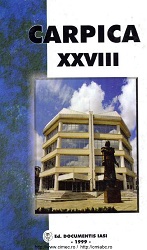
Keywords: Literary and archeological sources; cults and beliefs; Sarmatians; Archaeological complexes;
Dans cette étude on propose de trater des cultes et des réligions des sarmattes, on parti des sources littéraires et analysant des découvertes archéologiques qui appartient au Ie siècle a.Chr.- IIIe siècle p.Chr. Ces découvertes sont de l’espace de sud-est de l’Europe et qu’ils est publiés dans la littérature de spécialité.
More...